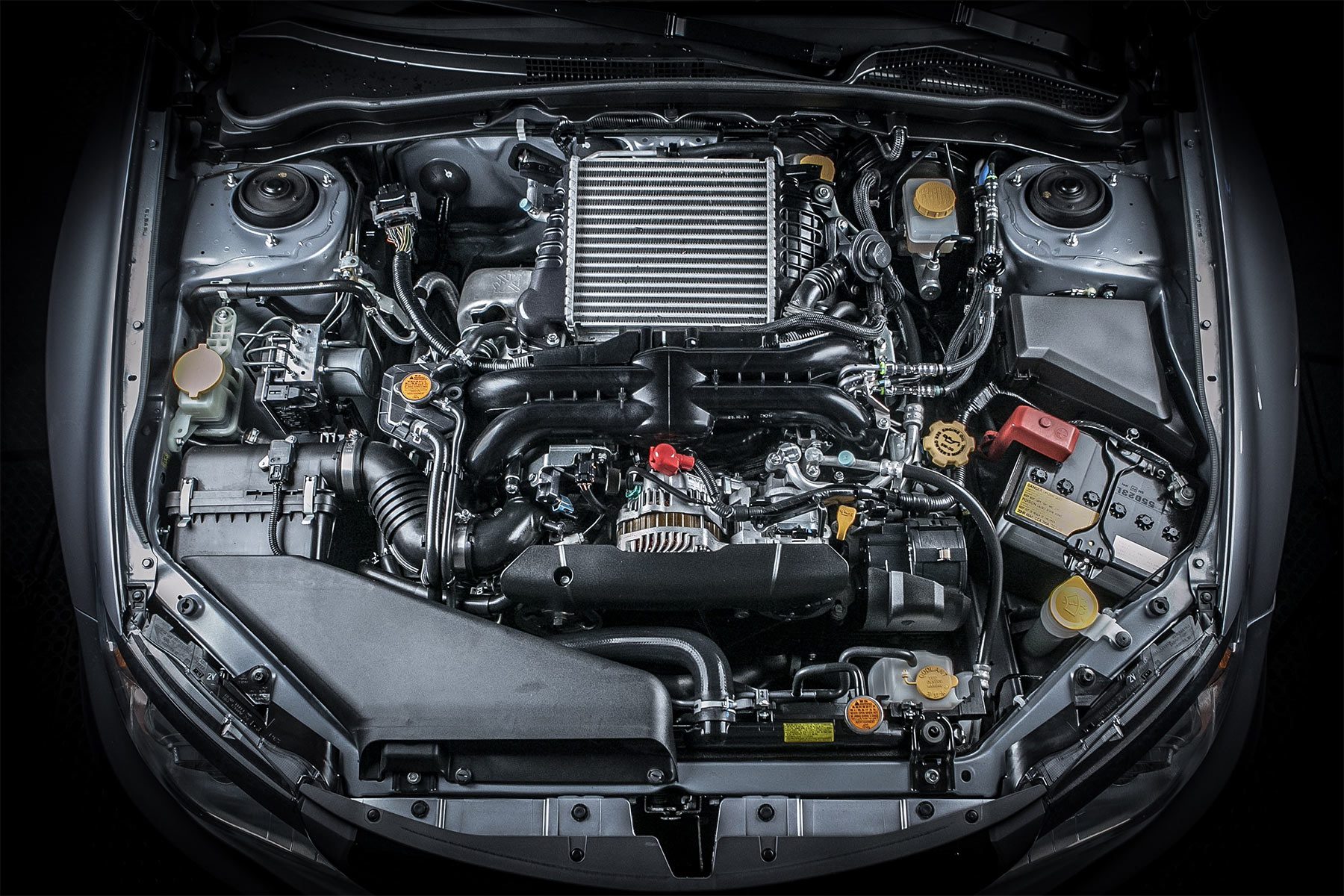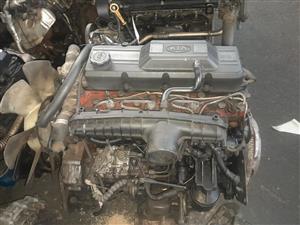Opel Corsa Engine: Performance and Dependability for Your Car
Exploring the Inner Workings of a Compact Automobile's Engine System
As drivers, we typically consider approved the complex processes that take place within the boundaries of our automobile's engine system. The portable yet complex machinery that pushes us ahead is a wonder of design precision and sychronisation. From the controlled surges in the burning chamber to the precise timing of gas shot, every part plays a critical function in the smooth operation of the engine. In this expedition of a portable car's engine system, we will certainly untangle the internal operations of this mechanical symphony, shedding light on the enigmas that drive us forward on our day-to-day journeys.
Burning Process Overview
The burning procedure in a compact vehicle's engine system is a vital system that effectively converts fuel right into power to power the automobile. This process takes place within the combustion chamber of the engine, where fuel and air mix, ignite, and produce controlled explosions. The combustion process is composed of four major phases: consumption, exhaust, power, and compression.
During the consumption phase, the piston relocates downward, attracting a mixture of air and fuel into the combustion chamber. The following stage, compression, involves the piston moving upwards, compressing the air-fuel blend to boost its strength. Ultimately, in the power stage, the ignition system stirs up the pressed mix, leading to a rapid growth of gases that requires the piston pull back. This descending motion produces the power needed to drive the lorry. Finally, in the exhaust phase, the burned gases are eliminated from the combustion chamber with the exhaust shutoff, preparing the chamber for the next cycle. This cyclic combustion procedure is essential to the procedure of a portable vehicle's engine system, guaranteeing efficient power conversion for propulsion.
Piston and Cyndrical Tube Communication

The piston's accurate fit within the cylinder is vital for preserving ideal compression and stopping energy loss during combustion. Tight clearances in between the piston and cylinder wall surfaces make sure reliable sealing, permitting the piston to move efficiently without enabling gases to leakage past. Appropriate lubrication is additionally essential to lower rubbing and use between these elements, boosting longevity and efficiency.
In addition, the style and products made use of in producing the piston and cyndrical tube effect engine efficiency and toughness. Modern engines typically employ light-weight yet sturdy products like light weight aluminum alloys for pistons and cylinder linings to reduce inertia and improve thermal effectiveness. On the whole, the unified communication in between the piston and cylinder is fundamental to the engine's performance and overall efficiency.
Fuel Shot System Performance
Fuel injection systems in portable car engines play a critical function in exactly delivering gas to the burning chamber for controlled and reliable ignition. The gas injection system operates by infusing fuel right into the combustion chamber at the optimal moment throughout the engine's procedure (opel corsa engine). This precise timing ensures that the fuel blends evenly with the air for proper combustion, bring about enhanced fuel efficiency and lowered discharges
There are mainly two sorts of gas shot systems utilized in small automobile engines: port gas shot (PFI) and straight gas injection (DFI) PFI systems inject gas right into the intake port prior to the consumption valve, while DFI systems infuse gas straight into the combustion chamber. Both systems have their advantages, with DFI providing far better fuel atomization and PFI supplying an extra affordable service.
Recognizing Engine Air Conditioning Devices
Effective procedure of a small car's engine relies greatly on the efficiency of its cooling systems. The air conditioning system in a small car typically is composed of numerous components working together to manage the engine temperature level. Understanding these engine air conditioning mechanisms is crucial for preserving the performance and long life of a portable lorry's engine system.

Exhaust System Elements Explained
The ideal functioning of a small lorry's engine air conditioning mechanisms depends on a corresponding system recognized as the exhaust system, which makes up various crucial parts for making sure effective emissions and engine efficiency. The exhaust manifold gathers exhaust gases from the engine's routes and web cyndrical tubes them to the catalytic converter.
One critical component of the exhaust system is the oxygen sensor, which monitors the oxygen levels in the exhaust gases to assist control fuel usage and ensure optimum engine Continue efficiency. opel corsa engine. In addition, the resonator might exist in some exhaust systems to reduce noise degrees. Overall, the exhaust system plays an important role in keeping engine effectiveness, decreasing harmful discharges, and making certain a quieter driving experience for compact vehicle owners

Verdict
Finally, the compact car's engine system is a complicated combination of elements that interact to promote the combustion procedure, transform gas right into power, and eliminate waste gases. Comprehending the internal operations of the engine system, consisting of the piston and cyndrical tube communication, fuel shot system, engine air conditioning mechanisms, and exhaust system components, is important for keeping optimum efficiency and efficiency of the automobile.
The combustion process in a small lorry's engine system is an essential mechanism that effectively converts fuel into energy to power the automobile.Fuel shot systems in small lorry engines play an important role in specifically providing gas to the burning chamber for look these up effective and regulated ignition.There are largely 2 kinds of gas injection systems utilized in compact vehicle engines: port gas shot (PFI) and straight fuel shot (DFI) Comprehending these engine air conditioning devices is crucial for keeping the performance and durability of a compact vehicle's engine system.
The ideal functioning of a portable vehicle's engine air conditioning mechanisms depends on a complementary system known as the exhaust system, which consists of different essential parts for making sure effective exhausts and engine performance.